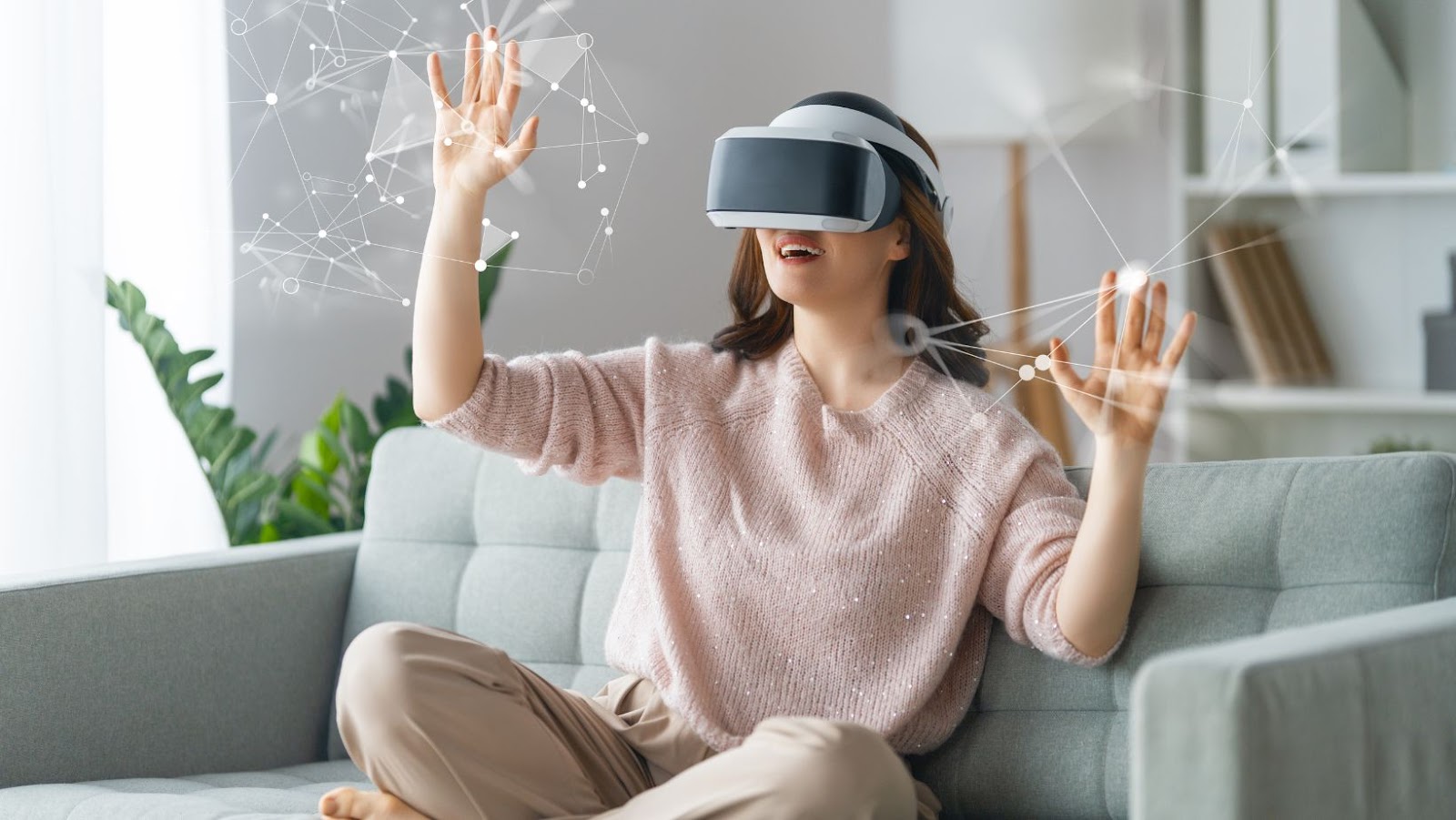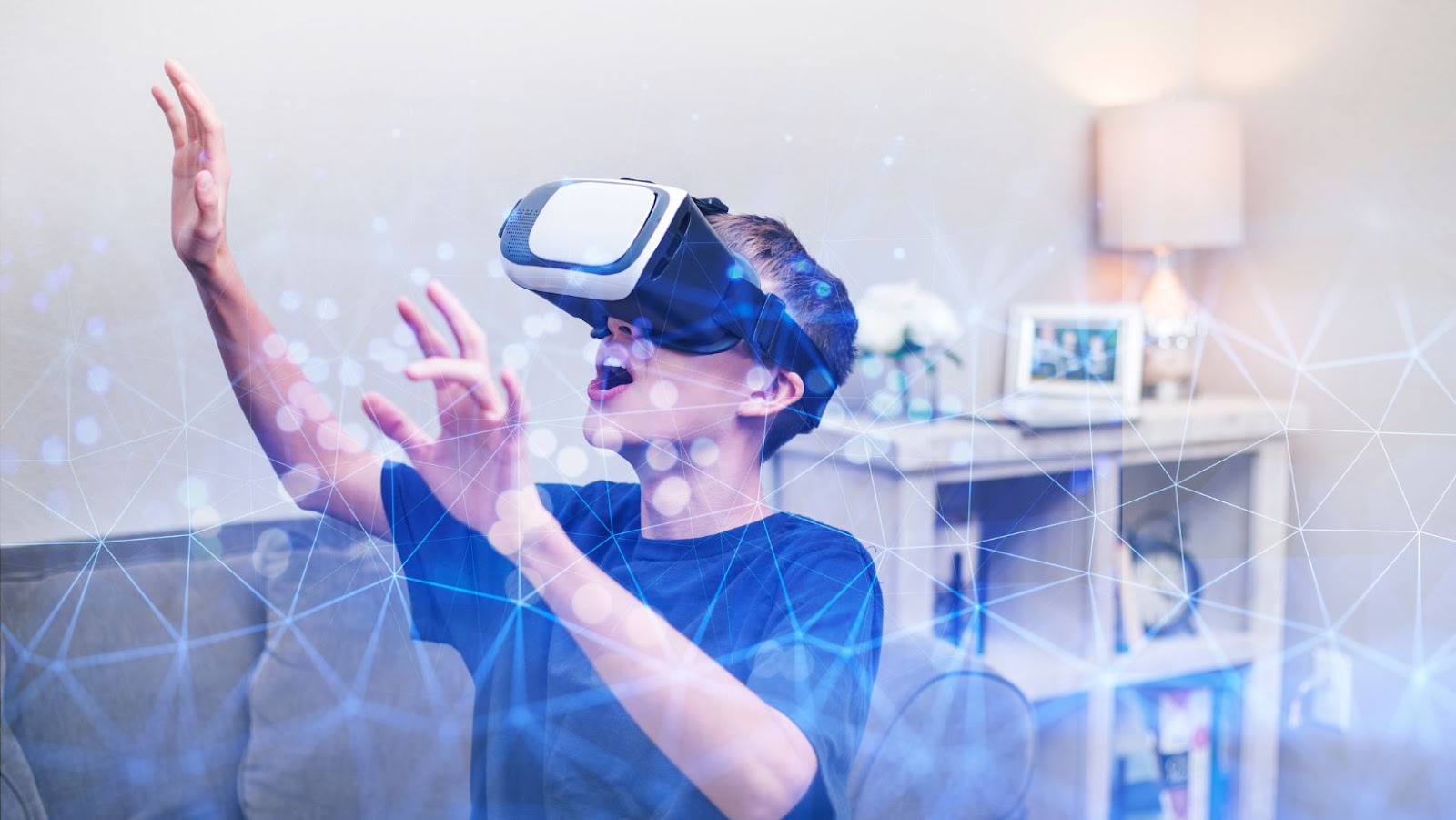 Virtual Reality (VR) Gadgets
Virtual Reality (VR) Gadgets
Virtual Reality (VR), at its core, signifies the artificial environment created by software, that emulates a realistic, three-dimensional world. Users experience this immersive environment through a VR headset that offers a 360-degree view. Fitted with multiple sensors, the headset tracks the user’s head movements, aligning the virtual environment accordingly. For instance, Samsung’s Gear VR and Facebook’s Oculus Quest rank amongst the most famed VR headsets, recognized for their high-resolution display and intuitive control features.
Over the years, VR technology has undergone significant transformation, moving from rudimentary 3D graphics to hyper-realistic, interactive environments. The 1960s saw the birth of VR with Ivan Sutherland’s ‘Sword of Damocles,’ dubbed as the first VR headset. Fast forward to the 21st century, juggernauts like Sony and HTC have entered the fray, pushing the boundaries with devices such as PlayStation VR and Vive. Technological enhancements, such as motion tracking, increased field of view, and haptic feedback, are propelling VR’s potential for game-changing applications in industries like healthcare, education, and real estate. As we delve further into the VR timeline, it becomes clear that progress shows no signs of slowing, promising endless possibilities for the future.
 Popular Virtual Reality (VR) Gadgets
Popular Virtual Reality (VR) Gadgets
Despite the relatively young age of Virtual Reality (VR) technology, a number of advanced gadgets have sprung up enticingly in the market. Let’s embark on a detailed exploration of three popular VR gadgets – Oculus Rift, Samsung Gear VR, and HTC Vive.
Oculus Rift, a product of Facebook’s Oculus VR division, dominates the virtual reality market with its sophisticated design and high-resolution display. Embraced with a resolution of 1080×1200 per eye and a refresh rate of 90 Hz, it offers immersive, smooth virtual experiences. Integration with Touch controllers and sound isolation headphones stand out in Oculus Rift, improving its interactivity. Offering 360-degree positional tracking, it boasts user-centric features, yet low compatibility might limit its use.
Another significant product on the VR headset market is the Samsung Gear VR. It shines with its smartphone-friendly design, leveraging Samsung’s high-resolution smartphones as its display. Unique features of the Gear VR include a 96-degree field of view, an accelerometer, a gyroscope, and a proximity sensor for a seamless VR experience. Lightweight, portable, and budget-friendly, given that you already own a compatible Samsung smartphone, the Gear VR’s functionality relies heavily on the phone model at hand.
Finally, the HTC Vive, a premium PC-required device, often described as VR done right. It’s offering one extraordinary feature – room-scale VR, allowing users to get up and physically move around in the virtual space. Boasting a crisp 1080×1200 resolution per eye with a 90 Hz refresh rate and 110-degree field of view, HTC Vive provides an immersive and expansive virtual experience. Paired with bespoke wireless controllers and a robust game library, HTC Vive represents a premier VR experience. However, its high-end hardware requirements and steep price-tag might prove a deterrent for some potential users.
 Features to Consider When Buying VR Gadgets
Features to Consider When Buying VR Gadgets
Making an informed choice among an array of VR gadgets revolves around understanding specific features. Moderate the focus on crucial aspects such as, display and resolution, comfort and design, and tracking and controllers.
High-quality visualization indicates a superior VR experience. Display and resolution play a pivotal role in defining it. High pixel density curtails the common issue with VR displays: the screendoor-effect. With their 2160 x 2160 resolution, HP Reverb G2’s VR headsets serve as an example of devices offering sharp and immersive visuals.
Key to prolonged VR sessions is the comfort and design of the gadget. Lighter headsets cause less strain, whereas well-distributed weight prevents unnecessary pressure points. Oculus Rift, mentionable for its ergonomic design, integrates an adjustable halo headband to ensure user comfort during extended usage.
Augmenting immersion, accurate tracking and intuitive controllers stand as required benefits. External sensors or built-in tracking contributes towards motion precision. HTC Vive Pro, with its high-precision room-scale tracking system, provides immersive VR experiences. Similarly, Oculus Touch controllers ensure natural hand movements, mirroring real-world hand interactions within virtual environments.